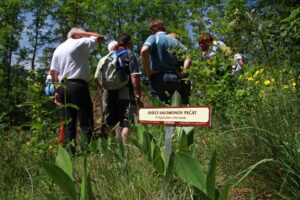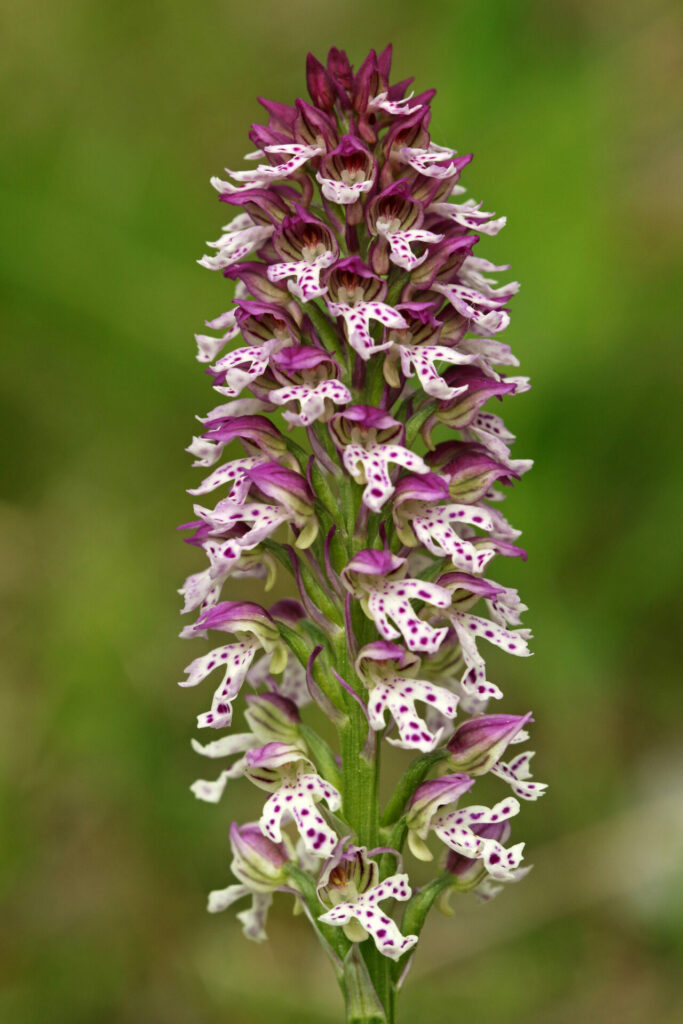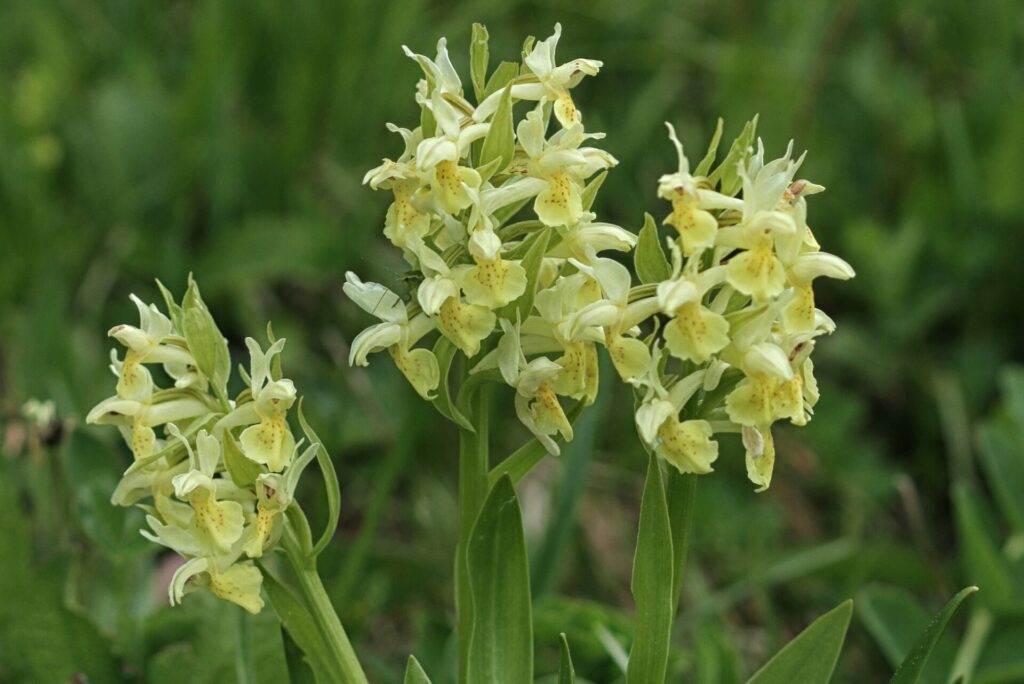BOTANICAL ATTRACTIONS OF BOHINJ
Many plants have humans to thank for their existence and survival. Thousands of years of coexistence between man and nature have shaped the landscape of the Julian Alps, creating habitats for many plants that could not have survived if the meadows, orchards, hayfields and forests had been used differently. The vast majority of meadows in the Julian Alps are man-made.
Without the careful work of local people, the meadows would be overgrown by forest, turning to heather and rocks higher up in the mountains – and all the beautiful floral wealth of the meadows from the valley to the high mountains would be lost. The landscape as we see and experience it today has been in the making for centuries. Since man settled in these mountains and valleys. And that happened a long time ago, as archaeologists have been discovering in recent years.
Preserving the cultural landscape through extensive livestock farming – i.e. traditional hay production methods – is of paramount importance for preserving the floral wealth of Bohinj and the Alps in general. But that is not easy these days. The International Wild Flower Festival is dedicated to finding a way for man and nature to live together well in the future – so that our children can admire the beauty of the flowering fields!
How to experience the world of wild plants?
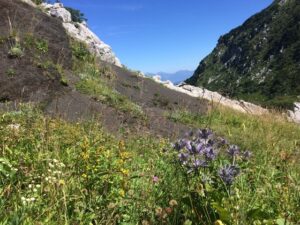
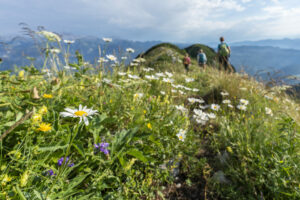
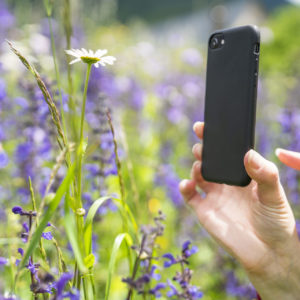
We only collect flowers on memory cards!
Some plant species are rare and collecting them would further threaten their existence. If you want to take their beauty with you, capture them in the lens of your camera. But let's protect them carefully before harvesting. So that they can continue to fulfil their role in the ecosystem and forever grace the beautiful mountain world.
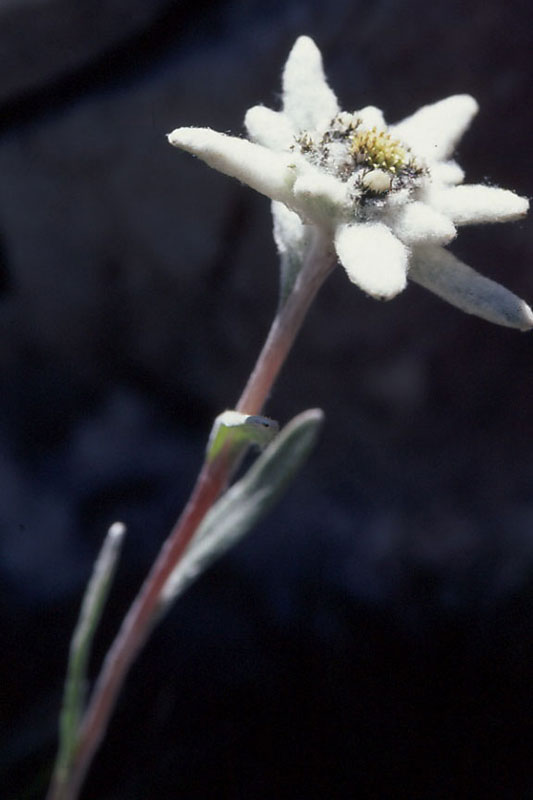
The diversity of Bohinj flora
Plant species feature in various stories and tales. The most famous is the Potentilla nitida, which found its place in the story of Zlatorog. The location, rugged terrain, altitude difference, the influence of the Mediterranean Sea and the geological substrate of Bohinj have resulted in an extraordinary diversity of vegetation:
- the valley has colourful grassland flora (spring honeysuckle, arnica, bluebells…)
- the lower mountains are decorated in spring by the beautiful Cypripedium calceolus, the Bohinj Iris, the Gentiana clusii,…
- The Fužina Mountains are rich in scree flora, which occurs above 2000 metres (Potentilla nitida, Eritrichium nanum, Gentiana terglouensis, Crepis terglouensis….)
- at the end of June, the Nigritella and Leontopodium alpinum appear
- the plant species of the raised bogs, which are the result of peat mosses, have a special place
- Wild plants play an important role in the fragile mountain ecosystem
Wild Orchids in Bohinj
Orchidaceae, or wild orchids as they are also called, are herbaceous perennials, usually with rhizomes or corms. This is how our orchids differ from the more familiar tropical orchids, which grow mostly on trees.
Our Orchidaceae are classified into 28 genera, comprising 79 species. According to various written records, a further 20 species have been described or mentioned in our country, but their occurrence in recent times has not been confirmed or their systematic value has not been sufficiently investigated. Orchids thrive everywhere in Slovenia. They are common in the mountains on alpine lawns, in light forests, in unfertilised wet and dry meadows, and are abundant in wetlands and emergent marshes. Due to the strong influence of the Mediterranean climate, most of them thrive in the sub-Mediterranean area of Slovenia.
Some early species bloom as early as March, most bloom in May and June. In summer, the species bloom in the high mountains, and the last can be seen in early autumn. They reproduce by seeds, but also vegetatively by aboveground dwarfs or embryonic buds. They are mostly pollinated by insects, as the shape, scent and colour of the flowers are adapted to them. Some species are also self-pollinating. Four species of Orchidaceae are classified as decomposers. These mycoheterotrophic species live in association with fungi, from which they extract nutrients, and the fungi have a special mycorrhizal relationship with the surrounding trees.
All of our Orchidaceae are protected by the Regulation on Protected Wild Plant Species in Slovenia. Intensive agriculture and the abandonment of mowing, especially in the lowlands, have led to the endangerment of many Orchidaceae, which is one of the reasons why 65 species of Orchidaceae are included on the Red List of Threatened Plant Species (the Red Listing of Threatened Species of Flora and Fauna Regulations). In 2004, a European project designated Natura 2000 sites for the conservation of flora and fauna in Slovenia. By protecting habitats covering 37% of the country’s territory, we are also conserving Orchidaceae, as three species are listed in Annex II and Annex IV of the Habitats Directive.
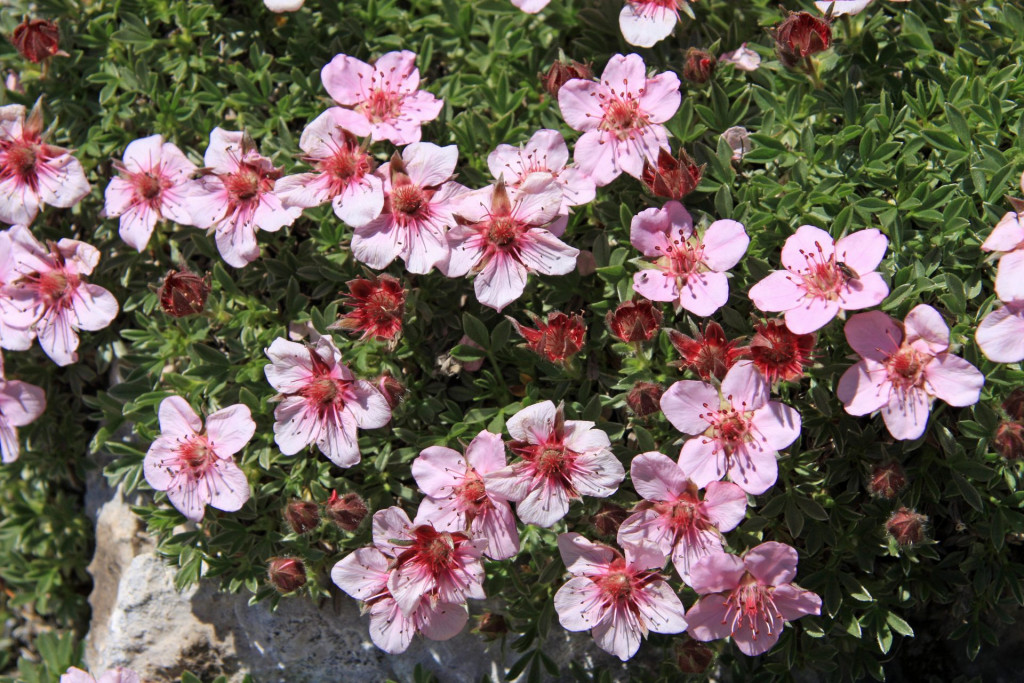
Triglav National Park
Triglav National Park (TNP) is the only national park in Slovenia. It is named after Triglav, which rises the highest (2864 m) in the heart of the park and is also the highest Slovenian peak.
TNP is located in the north-west of Slovenia, on the border with Italy and close to the border with Austria, in the south-eastern part of the Alpine massif. It overlaps almost completely with the Eastern Julian Alps. It covers 880 square kilometres – four per cent of Slovenia’s surface area. It is one of Europe’s oldest parks, with the first protection dating back to 1924, when the Alpine Conservation Park was established. The main mission of TNP is to protect nature, but it also carries out professional and research tasks.
Website: www.tnp.si
Natura 2000
Natura 2000 is a European network of special protection areas designated by the Member States of the European Union. Its main goal is to preserve biodiversity for future generations. Conservation areas aim to preserve animal and plant species and habitats that are rare or already threatened in Europe.
The European Union introduced the Natura 2000 network as an important part of the implementation of the Habitats and Birds Directives. When Slovenia joined the European Union, it established a list of natural areas that meet the criteria of both Directives.
The Directives support sustainable development that can meet the needs of present generations without compromising the needs of future generations. In Natura 2000 sites, the Directives do not exclude human activity. However, we need to ensure that these activities do not jeopardise nature, but – where possible – support its conservation.
Website: www.natura2000.gov.si
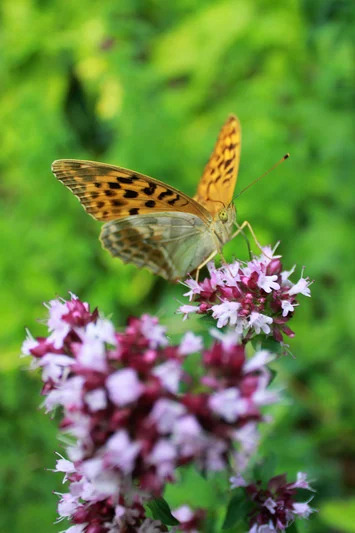
Get to know the plants of the Triglav National Park
You can learn about the flora of the Triglav National Park using the Triglav National Park Plant Finder.
The interactive guide makes it easy to get to know the rich flora of the Triglav National Park. By selecting easily identifiable features of the plant you are looking at, the software displays a photo gallery of plants that have the selected features. Click on each image to see other photos and the name of the plant species. Each feature, or. the sighting is also described in detail and illustrated with photographs. The interactive guide was developed in collaboration with the University of Trieste.
Several interactive guides are available to help you learn about the flora and fauna of the Triglav National Park. These guides work on the principle of a dichotomous/binomial key: at each step, we are presented with two options, which are usually also pictorially illustrated. Select the option that corresponds to the organism you are looking at and follow the steps to get the name of the plant/animal. The interactive guides useful in the park area are:
-
Interactive identification key for woody plants of the Triglav National Park. It is also available in English, German and Italian.
-
Interactive guide to identifying trees, shrubs, bushes and woody climbers in Bavšica.
-
Let’s get to know the 100 plants of the Alpine Botanical Garden Juliana. The key was made by the Natural History Museum of Slovenia in cooperation with the University of Trieste.
-
Key for the identification of epiphytic lichens of Slovenia. The key was produced by the University of Nova Gorica in collaboration with Dr. France Batič and the University of Trieste.


